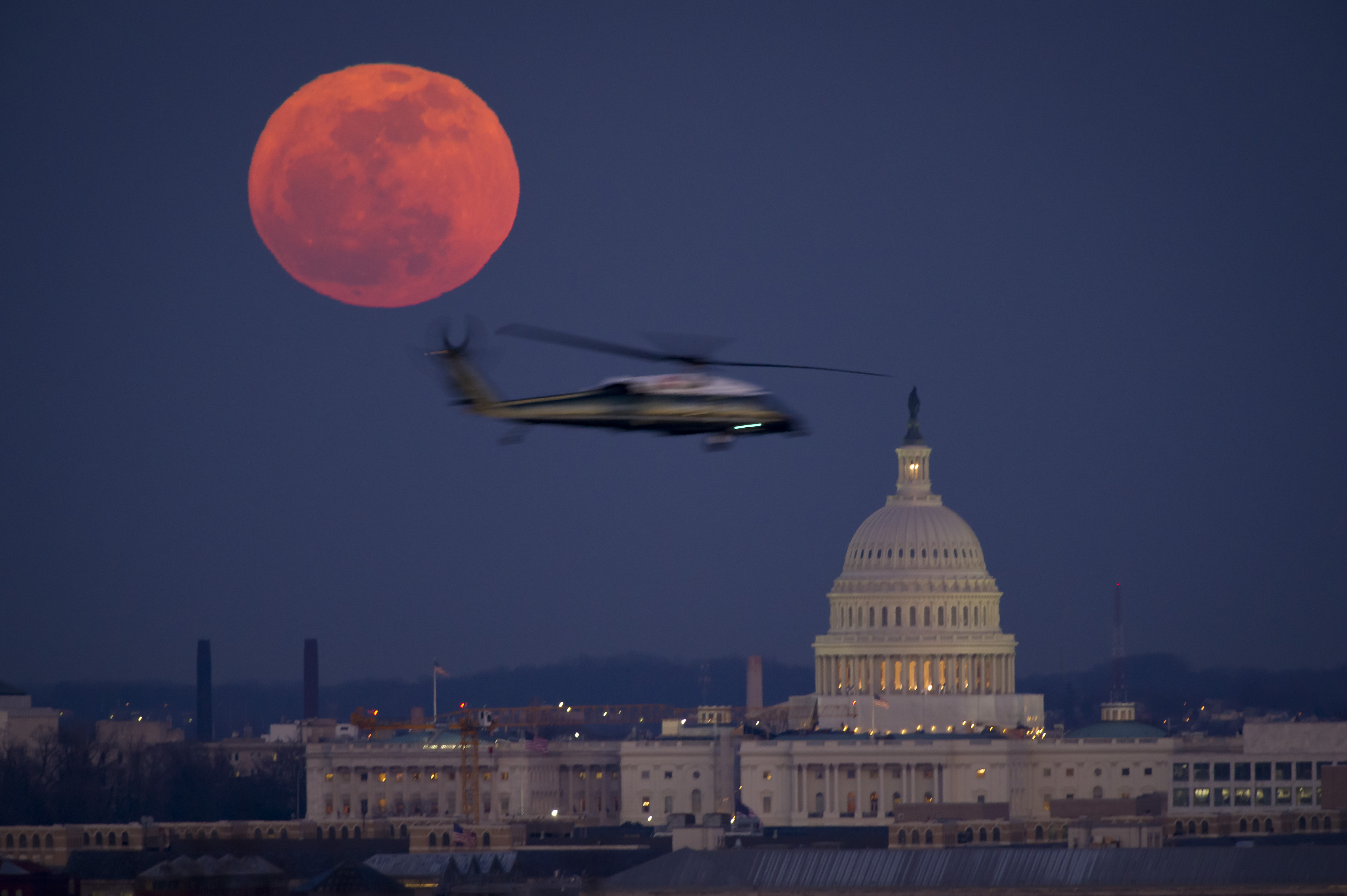
WASHINGTON, D.C. — While the Fiscal Year 2018 Department of Defense budget is still being hammered out on Capitol Hill, a more significant fight for the long-term vision of military spending is occurring behind the scenes, pitting West Wing number crunchers against Pentagon leaders, according to a new analysis on Pentagon spending.
When the Department of Defense budget Fiscal Year 2018 budget request was made, the DoD comptroller said Secretary of Defense James Mattis did not spend any time looking beyond 2018. Absent was any idea of what the Pentagon signified as spending priorities for the future, hints to the size of the military and the scope of U.S. global operations.
What’s known is Mattis asked the Hill for topline growth in the DoD budget between three and five percent above inflation, said Todd Harrison, an analyst with Center for Strategic and International Studies. Harrison and fellow analyst Seamus Daniels released their Analysis of the FY2018 Defense Budget, on Thursday.
While Mattis is pushing for Congress to lift DoD spending caps, Mick Mulvaney, White House director of the Office of Management and Budget is known in Congress as being a budget deficit hawk and routinely calls for spending cuts.
Even now, Mulvaney routinely talks about the need to restrain government spending by slowing the rate of growth in government programs. He frequently makes this argument on Twitter and on Sunday morning news shows.
Compare this to the current DoD budget request for 2018, still being considered by Congress, which asks for $647 billion – a 5.4 percent increase from 2017. Whether DoD spending actually increases, though, would require Congress to increase spending caps put in place by the Budget Control Act of 2011.
Congress will need to increase the current cap on DoD spending by $54 billion to match the current Trump administration budget request, Harrison said. A budget hike for the Pentagon would require adding spending for non-DoD programs important to Democratic members, whose support would be needed to approve any defense increase.
Otherwise, if Congress keeps DoD spending in 2018 to 2017 levels, Harrison said, “With zero growth, with inflation and what we’ve seen with costs, really is a slight spending cut.”
Looking ahead, Harrison said there have been very few hints from the Pentagon or White House about future DoD spending. Until the current budget is approved, Harrison said analysts and defense industry members will still be guessing at what the future will look like with few clues. Pentagon officials said the FY 2019 budget will be formed around a new national security strategy currently being developed by DoD.
“This budget will say a lot about who has the power,” Harrison said.





